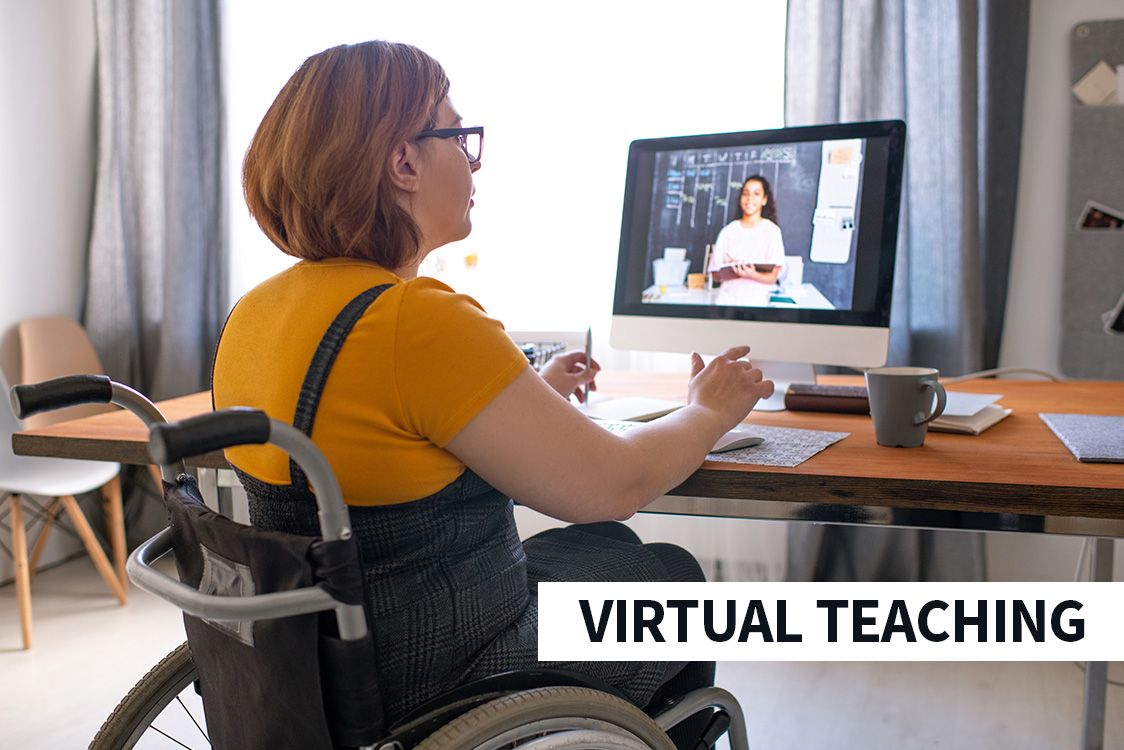Tectonic shifts in society and business occur when unexpected events force widespread experimentation around a new idea. Let us understand virtual teaching as an alternative or future.
During World War II, for instance, when American men went off to war, women proved that they could do “men’s” work — and do it well. Women never looked back after that.
Similarly, the Y2K problem demanded the extensive use of Indian software engineers, leading to the tripling of employment-based visas granted by the U.S. Fixing that bug enabled Indian engineers to establish their credentials, and catapulted them as world leaders in addressing technology problems. Alphabet, Microsoft, IBM, and Adobe are all headed by India-born engineers today.
Amid the Covid19 virtual teaching is prevailing to maintain social distancing. Like a coin has two sides, virtual teaching has also too many pros and cons. The cons are highlighted more due to the lack of efficiency. We are used to classroom teaching since our childhood. So, adapting to a new environment of teaching is not only new for many students but teachers as well.

During online lectures, the distractions are more as compared to the sophisticated classroom environment. We need to come up with new techniques for teaching on the online platform which not only makes the students learn but also makes the classes interactive and creative.
So, can we switch to a hybrid model that can be interactive, creative, and has a touch of classroom teaching after this pandemic making the most of both worlds?
With the current scenario of virtual teaching students, professors, and university administrators must keep a record of which classes are benefiting from being taught remotely and which ones are not going so well. They must maintain chat rooms that facilitate anonymous discussions about technology issues, course design, course delivery, and evaluation methods. These data points can inform future decisions about when — and why — some classes should be taught remotely, which ones should remain on campus, and which within-campus classes should be supplemented or complemented by technology.
In theory, lectures that require little personalization or human interaction can be recorded as multi-media presentations, to be watched by students at their own pace and place. Such commoditized parts of the curriculum can be easily delivered by a non-university instructor on Coursera, for example, teaching Pythagoras theorem is pretty much the same the world over. For such courses, software using different technologies can be developed that can deliver the content to very large audiences at low cost, without sacrificing one of the important benefits of the face-to-face classroom, the social experience, because there is hardly any in these basic-level courses.
By freeing resources from courses that can be commoditized, colleges would have more resources to commit to research-based teaching, personalized problem-solving, and mentorship. The students would also have more resources at their disposal, too, because they wouldn’t have to reside and devote four full years at campuses.
They would take commoditized courses online at their convenience and a much cheaper cost. They can use the precious time they spend on campus for electives, group assignments, faculty office hours, interactions, and career guidance, something that cannot be done remotely. In addition, campuses can facilitate social networking, field-based projects, and global learning expeditions — that require face-to-face engagements.
This is a hybrid model of education that has the potential to make college education more affordable for everybody.




